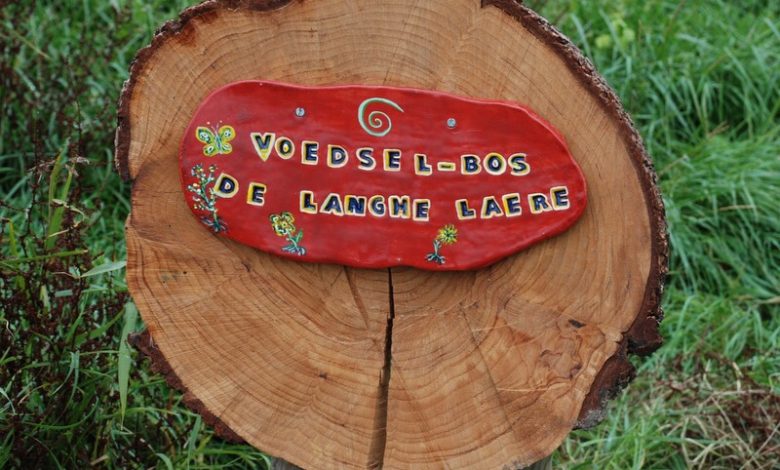The Langhe Laerne food forest

The Langhe Laerne food forest
The Langhe Laere food forest was created in 2017 in Nieuw- en Sint Joosland on a 2.4 hectare plot of land. The owner and stakeholders are working here to create a place that is buzzing with life.
The first signs of this wealth are already there: birds fly back and forth, hedgehogs of the Mikke found their home, bees are growing out of the hive and there is also plenty of food for humans. The food yield now mainly comes from annual plants such as vegetable garden crops, but it does not take long before the perennials (such as trees and shrubs) also provide food.
A food forest consists mainly of perennial crops. These occur in a wide variety, so that a rich soil can be built up, production increases more and more and a greater biodiversity is created.
In January 2019, a working group was set up that is officially recognized by Velt to give the Langhe Laere Food Forest more flesh and feet. The working group supports the food forest in its further development.
The Velt working group Food Forest de Langhe Laere organizes various activities, including a grafting course, Join-in-Days and the annual Velt open days.